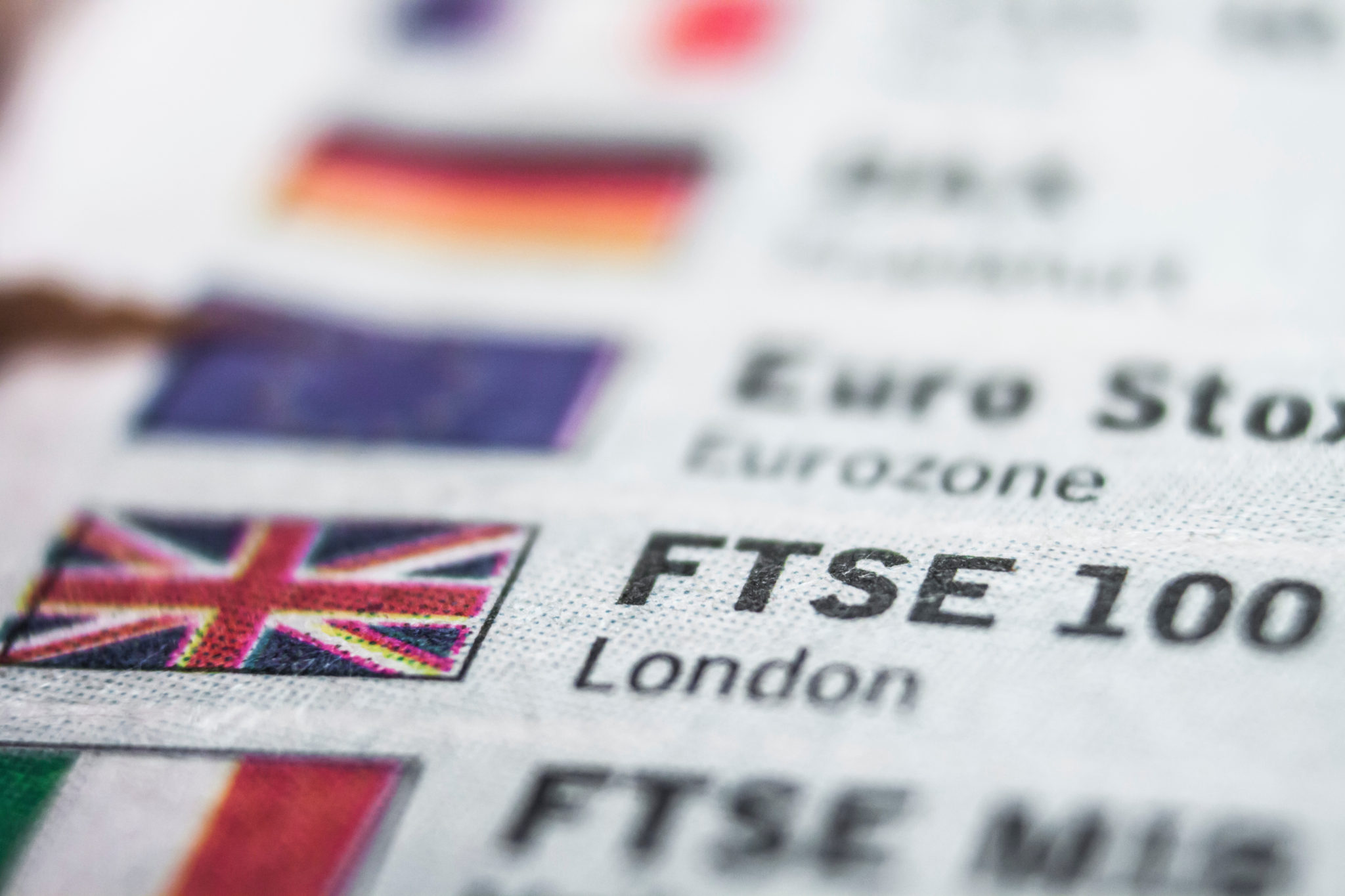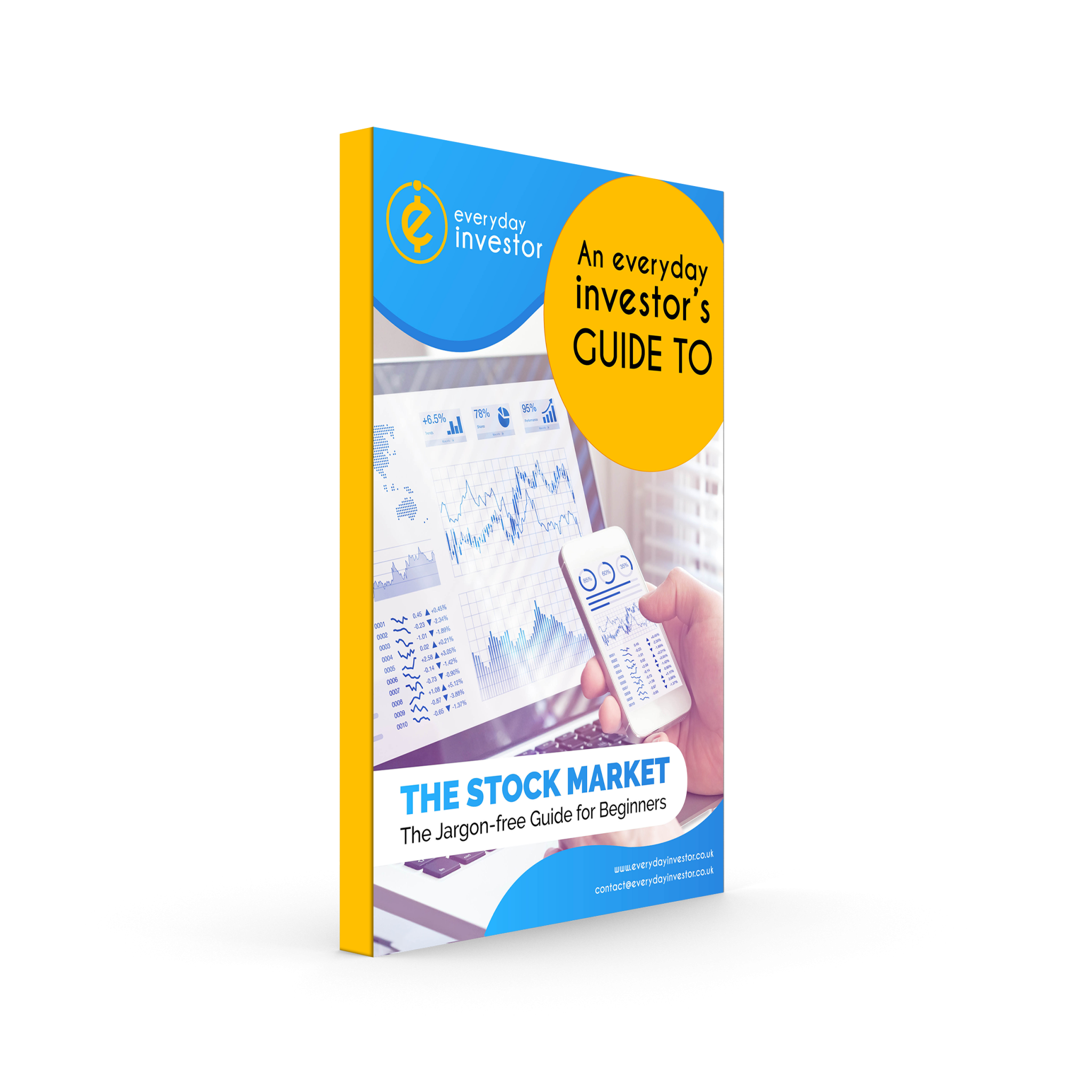Diversifying your portfolio is key in attempting to spread the risk of investing. There is a famous saying that you will be familiar with – “don’t put all your eggs in one basket”. This phrase can be applied to stock market investing. We examine three different ways that investors diversify their investment portfolios.
Diversifying your portfolio by type of investment
We are just going to focus on the asset classes that are traded on the stock market. However, other types of investment would include cash savings accounts, bonds, property and adventurous alternatives like antiques, cars and watches.
Shares
A share represents a unit of ownership in a company. There are so many shares out there available for purchase. On the London Stock Exchange alone there are just under 2000 companies listed across the Main Market and AIM.
Some shares are likely to carry more risk than others. In particular, the shares of earlier stage companies not yet profitable tend to be quite volatile. Share prices can make huge swings as news filters to the market and optimism grows or fades.
If you are investing for growth by buying shares in these kinds of companies, in order to diversify you might consider also investing some of your portfolio into larger, more established companies.
Also, there tend to be two types of shares – defensive shares and cyclical shares. Whilst defensive shares tend to be more steady and consistent, they won’t typically grow particularly rapidly. On the other hand, shares that are seen as cyclical may experience good growth when the economy is growing and market is doing well. However, they may suffer when the economy and the market declines.
It is important to understand the different types of shares you are buying and analyse your portfolio. You should understand how reliant you are on individual shares for the overall performance of your portfolio.
Managed Funds
By investing in a fund, you are pooling your money together with other people. A fund takes the money and invests it on your behalf. A managed fund has a fund manager who actively invests to try to generate a return for those investing in the fund. Of course, they charge a fee (usually a %) for the service.
A fund represents a different investing option to buying individual shares. Through the fund you are essentially buying a collection of shares. Whilst you don’t own the individual shares you would enjoy the benefits of the individual shares doing well. This is because as the share prices go up so would the value of the fund that owns them. By investing in a fund, you are really outsourcing the picking of individual stocks to the fund manager. Whilst we shouldn’t see funds as safe, often they are preferred by the more conservative investor who wants a professional to manage their money for them.
It is important to note that different funds will have different focuses (e.g. growth vs. income) and different levels of risk.
Tracker Funds
Tracker funds again offer a different option to buying individual shares or buying into a managed fund. A tracker fund (also known as an index or passive fund) tracks an index (such as the FTSE 100 or the FTE 250) over time and invests in an attempt to match the performance of the index.
Rather than trying to beat the market like a fund manager is doing with a managed fund, a tracker fund is aiming to mimic the market. Therefore, in the case of a FTSE 100 index fund, as the FTSE 100 as a collective rises in value so would the value of the index fund.
This type of fund is typically cheaper (lower fees) and often seen as quicker and easier. This more hands-off approach to investing is used by those happy to match the returns of the market over time.
Thinking about diversifying your portfolio, it is important to note that funds and individual shares don’t have to be mutually exclusive. Investors may seek to invest in a mixture of both.
Diversifying your portfolio by country
It is quite common for investors to employ “home bias”. That’s to say that investors often stick to investing in shares/funds traded on the stock exchange in their own country.
In the UK we have the London Stock Exchange but there are many others around the world. From the New York Stock Exchange to the Shanghai Stock Exchange. This offers the potential to access the shares of many, many different companies.
Now, it is possible to diversify by country without going in search of another stock exchange. For example, the London Stock Exchange has companies from over 50 countries listed on it.
Diversifying your portfolio by investing in companies who operate in different countries is a way of attempting to limit your exposure to one particular country. At any one time different countries will be experiencing different economic conditions and have different prospects. Look at Brexit as an example where the stocks of many companies who operate primarily in the UK suffered following the referendum whilst companies in other countries were not affected the same way.
We see the same effect when currency fluctuates significantly. Where companies are reliant on a particular currency for generating their income, the devaluation of that currency has the effect of reducing their profit and pressurising their share price.
If you own shares, make sure you know where the company does the majority of their business. Are they reliant on the market in one particular country? If so, try to establish what the outlook for the country is and understand the level of risk involved.
Diversifying your portfolio by industry
When looking at your investments you should also look at what industries/sectors you are invested in. Often investors will try to invest in multiple different industries to limit their exposure to sudden shocks and declines in one particular industry.
For example, let’s say an investor owns shares in three companies. All of the three companies are house builders in the UK. Let’s imagine the government decides to bring in new regulations that make house building more challenging and less profitable. This would likely see a fall in the share price of all UK house builders. For an investor who owns shares in only UK house builders the effect on their investment portfolio would be dramatic.
As always, make sure you fully understand the company and the sector you are investing in. This will enable you to consider the potential upside against the level of risk involved.
Remember…
Whilst it’s fair to say that the risks involved in investing in the stock market can never be eliminated, diversifying your investments is important to ensure that you are not overly exposed to one stock, fund, country or industry.
If you’re keen to learn more make sure you check out the rest of our website or grab a copy of our free Beginner’s Guide to Investing in the Stock Market.
All our content is provided for educational purposes only, to help you make your own decisions. We don’t provide personalised advice and therefore our content should not be considered an invitation, inducement or recommendation to engage in any particular investment activity. Please review our disclaimer and website terms for full details.








